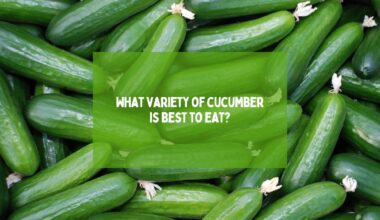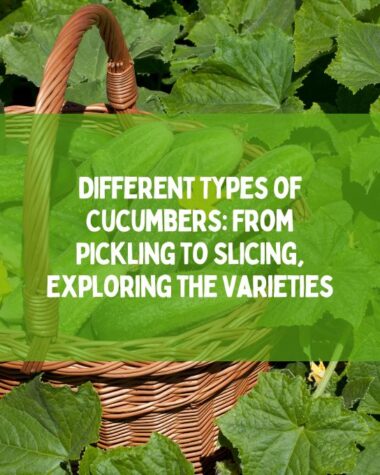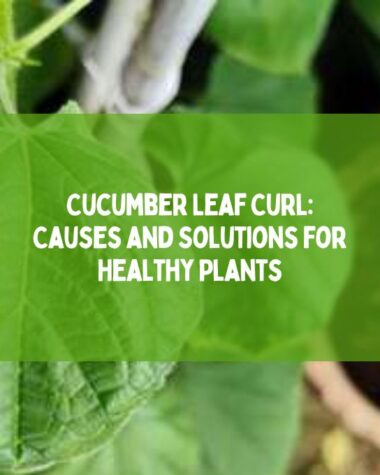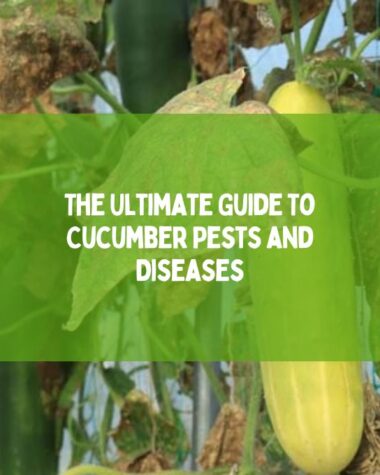English cucumbers are a popular variety of cucumbers that are known for their long, slender shape and mild flavor. This type of cucumber is widely available in grocery stores, farmer’s markets, and even some roadside stands.
English cucumbers are also known as seedless cucumbers or gourmet cucumbers, and they have a thin, edible skin that can be eaten raw or cooked. In this blog post, I’ll discuss everything you need to know about English cucumbers, from their nutrition facts to the best ways to prepare them.
What are English Cucumbers?

English cucumbers are a type of cucumber that is known for their elongated and straight shape, with a length that can average around a foot. They have thin skin and are also called seedless, greenhouse, burpless, or European cucumbers.
Unlike regular cucumbers, English cucumbers have fewer seeds and are often sold in plastic wrap to help retain their freshness. Mini English cucumbers are a smaller variety of this cucumber, perfect for snacking or adding to salads.
They have a sweet and crisp flavor and are a popular choice for those who prefer a milder cucumber taste.
English Cucumber Nutrition
Here’s a table of nutrition information for English cucumbers:
| Nutrient | Amount |
| Calories | 10 |
| Cholesterol | 0 mg |
| Sodium | 10 mg |
| Fiber | 1 g |
| Sugar | 0 g |
| Protein | 1 g |
| Calcium | 20 mg |
| Iron | 1.3 mg |
Characteristics and Varieties of English Cucumbers

English cucumbers are known for their long and slender shape, crisp texture, and sweet flavor. These cucumbers are usually seedless and have thinner skin than regular cucumbers, making them easy to eat and more versatile in recipes. They are also available in mini English cucumber varieties, which are perfect for snacking and adding to salads.
English Sweet Long Slim Hybrid Cucumber
Among the popular varieties of English cucumbers are the English Sweet Long Slim Hybrid Cucumber, which is known for its uniform size and shape, and the English Long Sweet Crunch Hybrid Cucumber, which has a thicker skin and crunchier texture than other English cucumber varieties.
Heirloom English Long Telegraph Cucumber
The Heirloom English Long Telegraph Cucumber is a classic variety that has been around for centuries and is popular for its smooth and mild taste.
Chelsea Prize Hybrid English Cucumber
Another popular variety is the Chelsea Prize Hybrid English Cucumber, which has a sweeter taste and is easy to grow.
Sweet Success English Hybrid Cucumber
The Sweet Success English Hybrid Cucumber is another popular variety known for its crisp texture and sweet flavor. These English cucumber varieties can be found in most grocery stores and farmer’s markets.
In summary, English cucumbers are known for their unique characteristics, such as their thin skin, seedless interior, and sweet flavor. They are available in various varieties, each with its own distinct flavor and texture, making them a versatile ingredient in the kitchen.
Whether you’re looking for a snack or a versatile ingredient in a recipe, English cucumbers are an excellent choice.
Related Reading:
- What cucumber variety is best to eat?
- Japanese Cucumber Info: How to Grow Japanese Cucumber From Seed?
- Everything You Need to Know About Baby Cucumbers
- Cucumber vs Zucchini: What is the Difference Between Cucumber and Zucchini?
- How to Train Cucumber Plants for a Bountiful Harvest?
Difference Between English Cucumbers and Regular Cucumbers
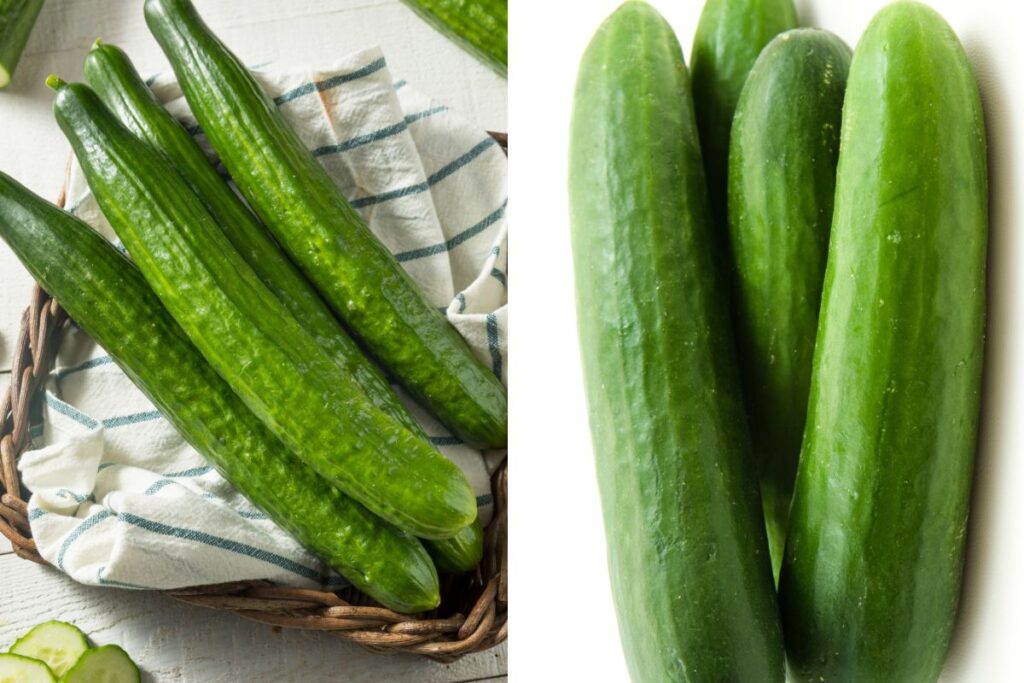
English cucumbers are often confused with regular cucumbers, but there are some distinct differences. While regular cucumbers are typically shorter, fatter, and have a waxy outer skin, English cucumbers are longer and slimmer with a thinner, tender skin that is virtually seedless.
Mini English cucumbers are also available, which are even smaller and sweeter than their full-sized counterparts. Let’s explore the differences between English cucumbers and regular cucumbers in more detail.
English Cucumber vs Persian Cucumber
Here’s a table comparing English cucumbers and Persian cucumbers:
| English Cucumber | Persian Cucumber | |
| Shape | Long and slender | Short and thick |
| Skin Texture | Smooth, thin, and tender | Bumpy or ridged |
| Color | Dark green | Light green |
| Size | Longer (typically 12-15 inches) | Shorter (typically 4-6 inches) |
| Seeds | Fewer seeds | More seeds |
| Flavor | Mild and crisp | Crisp and slightly sweeter |
| Usage | Frequently used in salads and sandwiches | Often pickled or used in Middle Eastern dishes |
| Availability | Commonly found in Western countries | More common in Middle Eastern and Mediterranean regions |
| Shelf Life | Relatively longer shelf life | Slightly shorter shelf life |
English Cucumber vs Kirby Cucumber
Here’s a table comparing English cucumbers and Kirby cucumbers:
| English Cucumber | Kirby Cucumber | |
| Shape | Long and slender | Short and stout |
| Skin Texture | Smooth, thin, and tender | Slightly bumpy or spiky |
| Color | Dark green | Medium to dark green |
| Size | Longer (typically 12-15 inches) | Shorter (typically 4-6 inches) |
| Seeds | Fewer seeds | More seeds |
| Flavor | Mild and crisp | Crisp and slightly tangy |
| Usage | Frequently used in salads and sandwiches | Often pickled or used for relish |
| Availability | Commonly found in Western countries | Commonly found in North America |
| Shelf Life | Relatively longer shelf life | Relatively shorter shelf life |
English Cucumber vs Japanese Cucumber
Here’s a table comparing English cucumbers and Japanese cucumbers:
| English Cucumber | Japanese Cucumber | |
| Shape | Long and slender | Short and cylindrical |
| Skin Texture | Smooth, thin, and tender | Thin and glossy |
| Color | Dark green | Medium to dark green |
| Size | Longer (typically 12-15 inches) | Shorter (typically 6-8 inches) |
| Seeds | Fewer seeds | Fewer seeds |
| Flavor | Mild and crisp | Crisp and slightly sweet |
| Usage | Frequently used in salads and sandwiches | Commonly used in Japanese cuisine, sushi, and salads |
| Availability | Commonly found in Western countries | More commonly found in Japan and Asian markets |
| Shelf Life | Relatively longer shelf life | Relatively shorter shelf life |
English Cucumbers vs American Cucumber
Here’s a table comparing English cucumbers and American cucumbers:
| English Cucumber | American Cucumber | |
| Shape | Long and slender | Short and cylindrical |
| Skin Texture | Smooth, thin, and tender | Thick and slightly rough |
| Color | Dark green | Medium to dark green |
| Size | Longer (typically 12-15 inches) | Short to medium length (typically 6-8 inches) |
| Seeds | Fewer seeds | More seeds |
| Flavor | Mild and crisp | Refreshing and slightly sweet |
| Usage | Frequently used in salads and sandwiches | Versatile, used in various dishes and pickling |
| Availability | Commonly found in Western countries | Commonly found in North America |
| Shelf Life | Relatively longer shelf life | Relatively shorter shelf life |
How to Grow English Cucumbers? (A Step-by-Step Procedure)

If you’re a gardener or just love growing your own fresh produce, you might be interested in trying your hand at growing English cucumbers. These cucumbers are typically longer and thinner than regular cucumbers, with a sweeter taste and fewer seeds.
Here’s a step-by-step guide on how to grow English cucumbers successfully.
Step 1: Choose the Right Location
Before planting your English cucumber seeds, choose a location that gets plenty of sunlight, as cucumbers require at least 6-8 hours of direct sunlight per day. Additionally, make sure the soil is well-draining and rich in organic matter.
Step 2: Start with High-Quality English Cucumber Seeds
Using high-quality English cucumber seeds is crucial for a successful harvest. Make sure to purchase your seeds from a reputable source and check the package for any information about the ideal growing conditions.
Step 3: Plant the Seeds
Once you have your seeds, it’s time to plant them. English cucumber seeds should be planted about 1 inch deep and 2-3 inches apart in rows that are at least 18-24 inches apart. Keep the soil moist but not waterlogged, as this can cause the seeds to rot.
Step 4: Provide Support
English cucumbers are climbing plants and will require some support to grow upright. Consider using a trellis or stake to help support the vines as they grow
Step 5: Water and Fertilize Regularly
Regular watering and fertilization are essential for growing healthy English cucumbers. Make sure to water the plants deeply once or twice a week, depending on the weather. Additionally, fertilize the plants every two to three weeks with a balanced fertilizer to ensure healthy growth.
Step 6: Harvest the Cucumbers
After about 55-60 days, your English cucumbers should be ready to harvest. Look for cucumbers that are about 6-8 inches long and have a uniform green color. Cut the cucumbers from the vine using a sharp knife or pair of scissors, being careful not to damage the vine or other cucumbers.
Growing English cucumbers can be a fun and rewarding experience for any gardener. By following these steps, you can grow delicious, fresh cucumbers right in your own backyard.
How to Store English cucumbers?
- Store whole English cucumbers in the refrigerator vegetable drawer to maintain their freshness and crispness.
- Do not wash the cucumber before storing it as the moisture can promote decay and spoilage.
- Keep English cucumbers away from ethylene-producing fruits such as apples and bananas to avoid premature ripening.
- If you have partially used English cucumbers, wrap the cut ends in plastic wrap to prevent moisture loss and keep them fresh.
- If you have sliced English cucumbers, store them in an airtight container in the refrigerator.
- Do not store English cucumbers at room temperature as they tend to wilt and lose their crunchiness.
Culinary Uses and Versatility of English Cucumbers
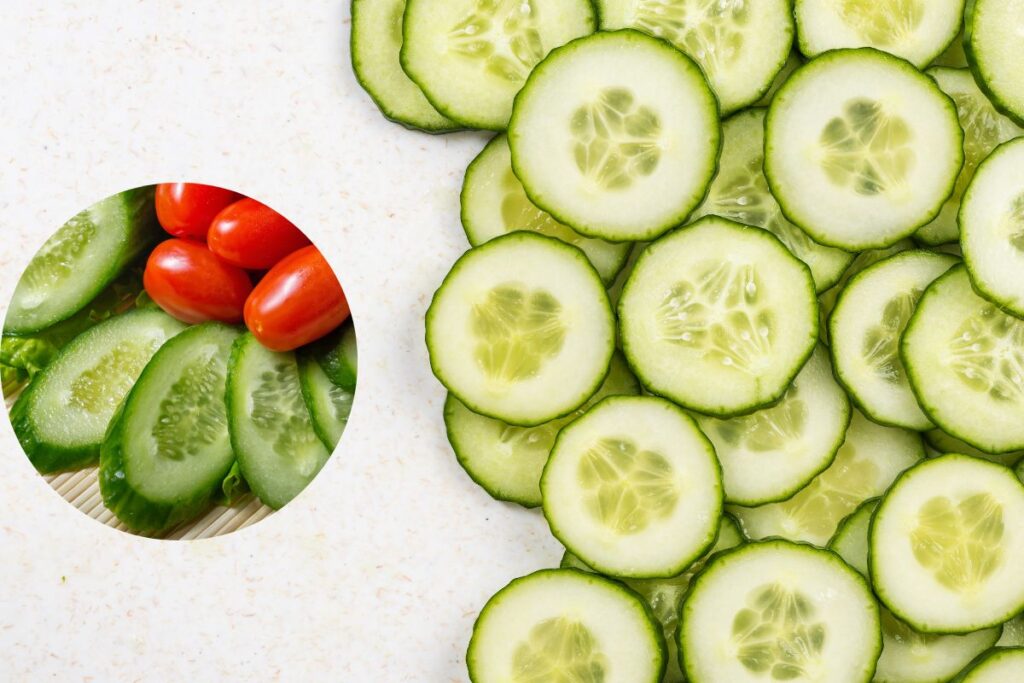
English cucumbers are versatile vegetables that can be used in a variety of dishes. Here are some of the culinary uses and versatility of English cucumbers.
1. Salads and Sandwiches
English cucumbers are a perfect addition to salads and sandwiches, adding a refreshing crunch and a delicate flavor. They can be sliced or diced to make a simple cucumber salad, or added to other vegetables, fruits, and meats to create a more complex dish.
English cucumbers are great for pickling due to their thin skin and lack of seeds. They can be used to make traditional cucumber pickles or mixed with other vegetables for a more flavorful and unique pickle.
3. Smoothies and Juices:
English cucumbers can be added to smoothies and juices to add a refreshing and hydrating element. They pair well with citrus fruits, herbs, and other vegetables, and add a subtle sweetness without overpowering the other flavors.
4. Gazpacho and Cold Soups:
English cucumbers are a key ingredient in gazpacho, a chilled soup that originates from Spain. They can also be used in other cold soups like cucumber dill soup, adding a refreshing element to the dish.
5. Asian Dishes:
English cucumbers are commonly used in Asian cuisine, particularly in Japanese dishes like sunomono and in Korean dishes like kimchi. They add a refreshing and crisp element to the dishes, balancing out other flavors like salt and spice.
Overall, English cucumbers are a versatile and flavorful vegetable that can be used in a variety of dishes. They add a refreshing element to salads, sandwiches, smoothies, and soups, and are a great addition to pickles and Asian dishes. Experiment with different ways to use English cucumbers and discover your favorite culinary uses.
Related Reading:
- The Delicious and Nutritious American Eggplant
- Best Zucchini Varieties To Grow In Containers
- Green Tomatoes: Exploring the Characteristics, Varieties, and Uses
- White Pumpkins: A Guide to This Unique and Versatile Variety
Final Thoughts
English cucumbers are a versatile and delicious vegetable that can be used in a variety of culinary applications. They are longer and narrower than regular cucumbers, and have a thinner skin and smaller seeds.
Growing English cucumbers is easy with the right conditions, and they are a great addition to any vegetable garden. With their mild flavor and crunch, English cucumbers are perfect for salads, sandwiches, and even cocktails.
Give them a try and see how they can add a new dimension to your dishes!
FAQs
Here are some faqs about English Cucumbers.
Why are English cucumbers wrapped in plastic?
English cucumbers are wrapped in plastic to keep them fresh and extend their shelf life. The plastic wrapping protects them from dehydration and contamination and also prevents them from losing their crispness and crunchiness. It also helps in retaining the moisture content, making them juicier and tastier.
When to pick English Cucumbers?
English cucumbers should be picked when they reach a length of 12-18 inches, or when they are firm and dark green. It’s important to pick them before they start to turn yellow, as this is a sign of over-ripeness. Regular harvesting promotes new growth and increases yield.
Can you pickle English cucumbers?
Yes, English cucumbers can be pickled. Their mild taste and firm texture make them a great choice for pickling. Just slice the cucumbers, pack them in jars with pickling spices, vinegar, and water, and let them sit for a few days to develop their flavor.
Can dogs eat English Cucumbers?
Yes, dogs can eat English cucumbers in moderation. They are a good source of hydration and low in calories. But always make sure to remove the skin and seeds, which can be difficult for dogs to digest. Additionally, make sure your dog does not have any allergic reactions to cucumbers.
Are English cucumbers keto-friendly?
Yes, English cucumbers are keto-friendly as they have low-carb content and are high in fiber and water, making them a great addition to a keto diet. They also have minimal calories and are rich in nutrients.
